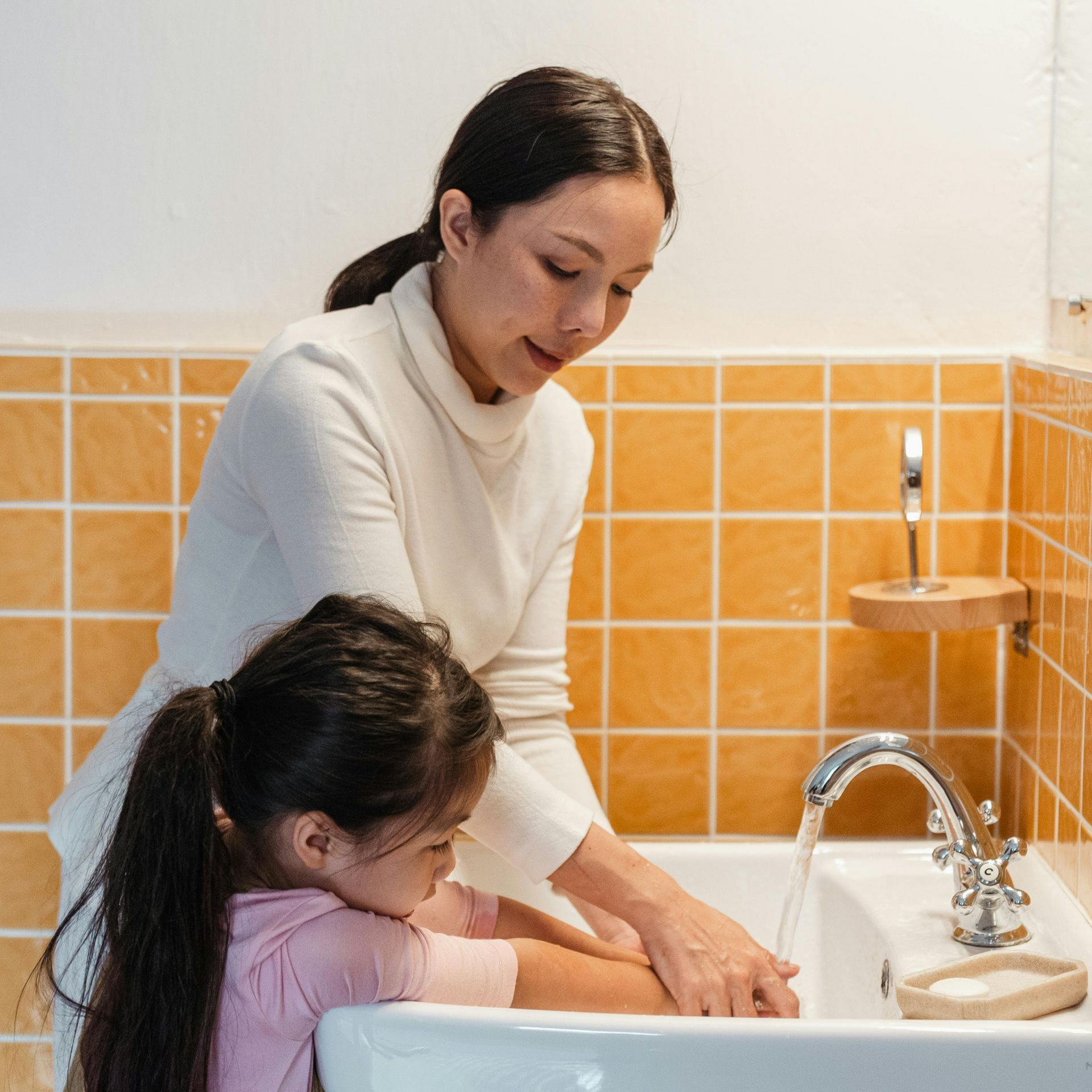ABA Therapy in Daycare: A Parent’s Guide to How It Works and Why It Can Be a Strong Fit for Many Children
This is the second in our series on ABA in the daycare setting. To read our first post on in this series click here!
Choosing where your child receives ABA therapy is a personal decision, and one that often intersects with real-life needs: work schedules, childcare availability, commuting realities, and a child’s comfort in familiar spaces. For many families, daycare becomes the place where their child learns, grows, and now also receives individualized therapeutic support.
This article explains what ABA therapy looks like inside a daycare day, what your child might work on, and why a daycare environment, with all its noise and energy and rhythm, may actually be one of the most effective spaces for meaningful growth.
Why Some Parents Prefer Daycare-Based ABA
There’s no single “right” setting for therapy. But daycare brings unique strengths that often line up beautifully with a child’s developmental needs.
A Setting Where Children Already Know the Script
Daycare is a familiar world: small tables, cubbies, art stations, snack routines, favorite toys, and the same group of children every day. Many children learn best when they don’t have to adjust to a brand-new environment on top of learning new skills.
A Solution That Keeps Parents Working
Parents shouldn’t have to choose between employment and interventions/ABA therapy. Daycare-based ABA lets families maintain their routine without adding hours of transportation or schedule changes.
An Option for Families Without Nearby Clinics
Center-based therapy isn’t always accessible. Some communities simply don’t have them, and others have waitlists stretching months. Daycare-based ABA removes geography from the list of barriers.
A Place Where Natural Challenges Emerge
Daycare is rich with the kinds of situations that help children grow:
- Waiting for a turn
- Navigating social surprises
- Handling noise or unexpected transitions
- Responding to group instructions
These experiences help ABA therapists teach skills that feel real and usable in everyday life.
What ABA Actually Looks Like at Daycare
Parents often wonder: What will the therapist do? Will my child be pulled out constantly? Will it feel “clinical”?
In reality, daycare-based ABA is more about weaving support into the natural flow of a child’s day.
Quiet Coaching, Not Constant Hovering
Therapists stay close enough to guide, but not so close that the child feels detached from their environment. They blend into play areas, routine transitions, and group moments without changing the classroom dynamic.
Teaching Through Real Life Instead of Worksheets
Rather than bringing separate “therapy activities,” therapists often use what’s already happening:
- A puzzle becomes a chance to practice asking for help
- A crowded circle time becomes an opportunity to work on staying engaged
- A dispute over blocks becomes a moment to practice communicating needs
The therapist’s job is to notice the learning opportunities hidden inside each moment.
Supporting One Child at a Time
The therapist’s attention is completely focused on the child they are there to support. They are not there to run group lessons or offer general classroom guidance. Having that extra supportive guidance when needed built on individual goals and programming is powerful!
Helping Children Build Internal Tools
Over time, children learn to:
- Ask for what they want using clearer language
- Manage frustration before it turns into overwhelming feelings
- Use calming strategies
- Participate more confidently in group routines
- Initiate play or respond to peers independently
These skills often carry into home routines, community outings, and—later—school settings.
Skills Children Often Work On During Daycare-Based ABA
Although each child’s goals are individualized, daycare naturally supports a wide range of developmental areas.
Communication Skills
- Expanding vocabulary
- Requesting preferred items
- Asking adults or peers for help
- Using AAC devices naturally throughout the day
Social Learning
- Noticing other children’s play
- Joining in appropriately
- Responding when spoken to by peers
- Understanding personal space
- Managing disappointment or sharing challenges
Flexibility and Coping
- Keeping calm during loud or busy moments
- Using coping tools (breathing, fidgets, visuals)
- Handling changes in routine with less distress
Daily Living and Independence
- Carrying personal items
- Completing simple responsibilities
- Practicing hygiene habits
- Following one-step and multistep directions
School Readiness
- Sitting for group activities
- Attending to a teacher’s instructions
- Matching, sorting, or early pre-academic skills
- Imitating actions and sounds
These areas don’t need a specialized room. They flourish in everyday spaces where children see the purpose of what they are learning.
A Daycare Environment Helps Skills Spread Across Settings
One of the biggest challenges in early development is generalization—the ability to use a skill everywhere, not just where it was learned. A child might communicate beautifully during a quiet one-on-one session, but struggle during a busy lunchroom or playground moment.
Daycare is full of natural variety
- Different caregivers
- Different peer reactions
- Different noise levels
- Different routines on different days
This diversity helps children practice their skills across many situations, which strengthens long-term success.
How Therapists Respect the Daycare Environment
Rather than reshaping the daycare day, ABA therapists adjust themselves to the environment.
Therapists typically:
- Follow the daycare’s schedule, not create their own
- Use minimal materials to avoid clutter
- Communicate directly with teachers when necessary
- Move quietly around the classroom
- Most importantly! - Honor the daycare’s preferred approach to routines and transitions
This respectful posture ensures therapy enhances the child’s experience without interfering with the group.
Parents Often Ask: How Do Therapists Manage Data in a Busy Setting?
ABA includes data collection so therapists can track progress and identify patterns. In daycare, this is done carefully and discreetly:
- Using small devices or simple tally systems
- Observing from nearby without interrupting play
- Recording only what’s relevant to the child’s goals
- Keeping information confidential
Most children never notice that data is being taken at all.
Communication With Families
Parents receive updates that may include:
- What skills were practiced
- New behaviors or strengths noticed
- Strategies that worked well
- Suggestions for home routines
- Progress toward goals
This creates a triangle of communication between family, therapist, and daycare—each supporting the child in their own role.
Closing Thoughts
Daycare-based ABA is more than a convenient option. For many children, it becomes a familiar space where learning feels natural, where everyday moments turn into opportunities to build real-life skills, and where communication and social abilities can grow alongside peers. And for parents, it removes the barriers that often make therapy hard to access, easing the weight of time, transportation, and scheduling demands.
It lets families keep the rhythm of their day while ensuring their child receives the individualized support they deserve.
If you’re wondering whether this approach might be a good fit for your family, reach out to us on our
Contact Us page! We’re here to answer questions, explore your options, and help you set up a meeting when you’re ready.










